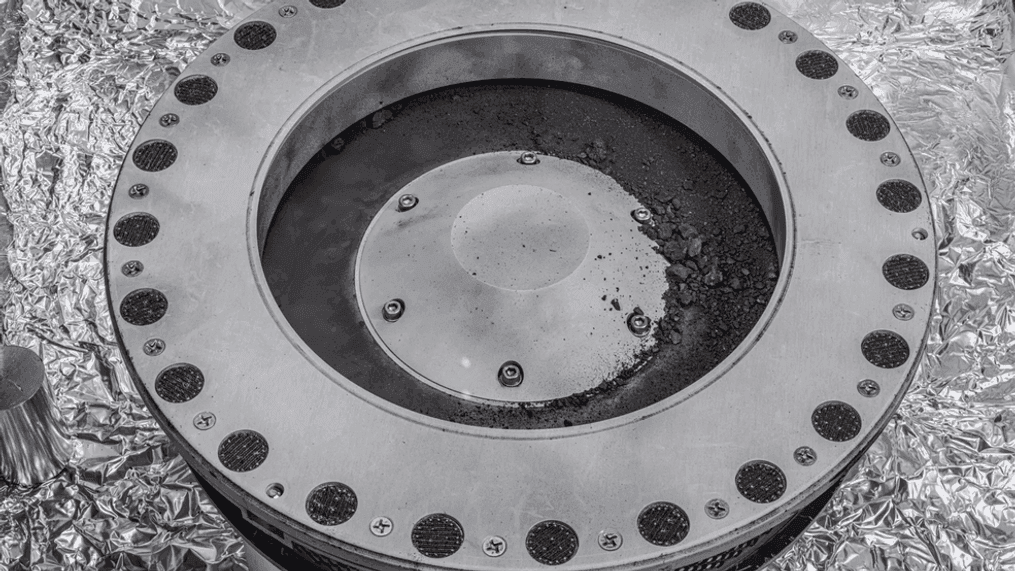NASA says asteroid sample dropped to Earth provides insights into origins of life

WASHINGTON (TND) — NASA is unveiling new details about a 4.5-billion-year-old asteroid sample that was collected in space and dropped in the Utah desert in September.
The Bennu sample, first collected by the OSIRIS-REx spacecraft three years ago before being dropped to Earth in a sealed capsule on September 24, has evidence of high-carbon content and water, NASA said in a news release. This could mean the “building blocks of life on Earth” may be found inside the rock, according to scientists.
NASA made the announcement Wednesday from the Johnson Space Center in Houston where they publicly showed off the asteroid for the first time and discussed the initial assessment.
The OSIRIS-REx sample is the biggest carbon-rich asteroid sample ever delivered to Earth and will help scientists investigate the origins of life on our own planet for generations to come,” said NASA Administrator Bill Nelson. “Almost everything we do at NASA seeks to answer questions about who we are and where we come from.”
Experts worked to disassemble the capsule’s hardware to gain access to the sample inside, and when the lid was first opened, scientists found “bonus” asteroid material on the outside of the collector head, canister lid and base. NASA said there was so much extra material that it slowed down the main process of collecting the primary sample.
In the first two weeks after the sample was collected, scientists conducted a number of different tests on the initial material: infrared measurements, X-ray diffraction, a chemical element analysis and collecting images using a scanning electron microscope.
A technique known as X-ray computed tomography provided a 3D computer model for one of the particles, giving experts a glimpse at the rich water and carbon in the sample.
Scientists said this provides insights into how the solar system was formed and could indicate what actions need to be taken to stop asteroids from colliding with Earth.
As we peer into the ancient secrets preserved within the dust and rocks of asteroid Bennu, we are unlocking a time capsule that offers us profound insights into the origins of our solar system,” said Dante Lauretta, OSIRIS-REx principal investigator, University of Arizona, Tucson.
NASA said it will continue to study the Bennu sample and conduct research needed to meet the mission’s goals. At least 70% of the sample will be preserved for further studies by scientists around the globe.
